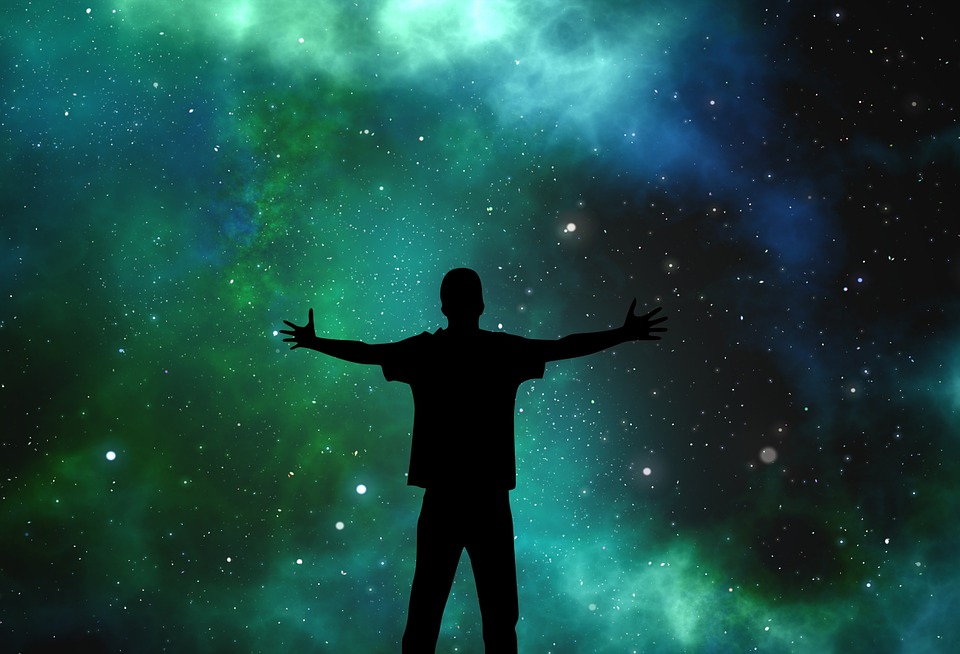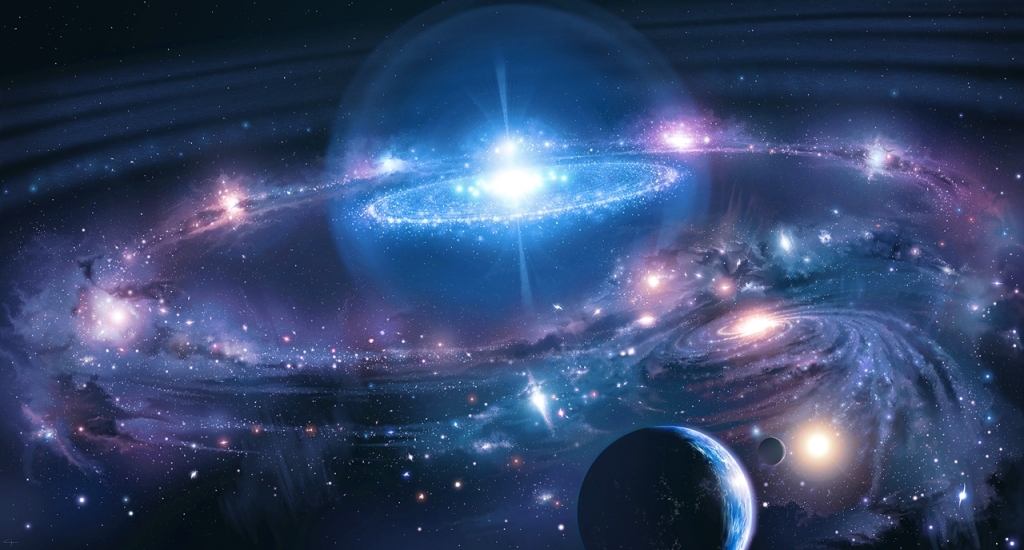radiation
-

What Goes On Inside a Star?
Our sun is undoubtedly the star we know the best. It’s only 93 million miles away — which might seem far, but isn’t that large a distance when you realize that the nearest neighboring star is a whole 4.3 light-years…
-

From Cold Cloud to Hot Protostar
Paradoxically, stars begin in the galaxy’s coolest places: the dense giant molecular clouds (or GMCs). This is not quite the paradox it seems, as in the beginning, stars require little else but gravity to form. And that’s really quite lucky, because…
-

What Makes a Star Blue?
Albireo is the distinctive double star in the head of the constellation Cygnus. You can find it yourself if you look for the Summer Triangle amid the dusty trail of the Milky Way across the night sky. The brighter, orange…
-

The Starlight We Can’t See
Find yourself a dark, unpolluted night sky on a clear night free of clouds, and you are very likely to look up into the heavens and see a sight quite like this. It’s what we see of the Milky Way,…
-

The Solar Neutrino
Ever heard of a neutrino? Well, I guess now you have. But what exactly is a neutrino? Don’t worry, they’re not harmful. They’re passing through you this very second and you’ll never notice them, not in your whole life. They’ll never…





